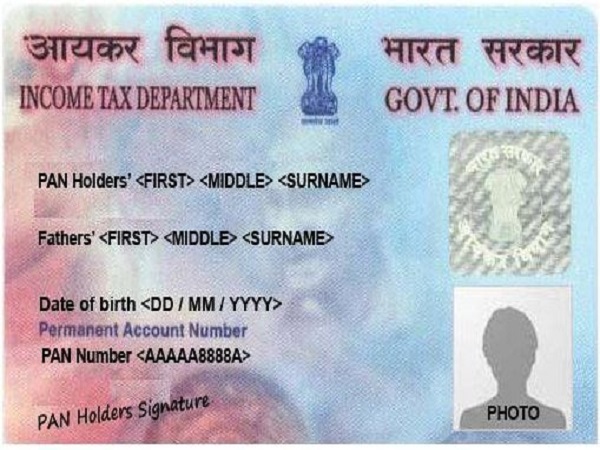Non-filers will face a higher penalty in the current fiscal year, which has already started from April 1, 2021. The Finance Act 2021, which was recently passed by Parliament, has a “Special provision for deduction of tax at source for non-filers of income-tax return.” After section 206AA of the Income Tax Act, a new section ‘206AB (I) has been added as per the special clause. In addition, if one does not have a PAN, the tax deduction limit will be even higher. According to the Finance Minister’s Budget, this new TDS rule will take effect in July 2021. As a result, it is proposed to add a separate section 206AB to the Act as a special clause that allows for a higher TDS rate for non-filers of income-tax return. Likewise, a section 206CCA is added to the Act as a special clause to allow for a higher TCS rate for non-filers of income tax return. The new clause will apply to any amount of income or amount paid, payable, or credited to a specified person by a person (herein referred to as deductee). TDS rates to be higher than the following i.e. at twice the rate stated in the applicable section of the Income Tax Act, or at twice the existing rate or rates, or at a rate of 5%.
To whom the new rules will apply
The new provision was enacted to allow individuals whose income is subject to TDS to file their income tax returns. It will allow more individuals to file ITRs and improve government accountability. The following individuals will be affected by the current provision:
- Non-filers who have paid TDS or TCS of Rs 50,000 or more in the last two years but have not filed an income tax return will be subject to the new provision (ITR).
- According to the Finance Act, if the provisions of Section 206AA apply to a single individual, the tax shall be deducted at the higher of the two rates provided in this section and in Section 206AA, in addition to the provisions of this section.
- A non-resident who does not have a permanent establishment in India is exempted from the new rule.
Nature of payments for which the new provision will apply The new rule applies to a variety of payments, including interest, contracts, professional services, rent, and so on. This rule, however, will not apply to transactions in which the maximum amount of tax is required to be deducted. As a result, the following transactions are not included:
- Salary payments
- Premature withdrawal of EPF
- Winnings from any lottery or crossword puzzles or card games
- Winnings from any horse races
- Investment income from a securitisation trust
- TDS is levied on cash withdrawals exceeding Rs. 1 crore.

In case PAN is not furnished If the specified individual fails to provide PAN to the payer, in addition to not filing income tax returns by the due dates, the TDS rate will be higher than the above rates or 20%. While deducting TDS on payments to specified individuals, the current regulation allows payers to check the following three points every time:
- If the payee’s tax deduction in the previous two years was more than Rs. 50,000
- If the individual who is liable for TDS has filed his tax return for the previous two years.
- The deadline for filing the original return has expired for both previous years.
There is no need to deduct tax at higher rates on a payment if the due date to file ITR for any of the year has not expired. As a result, when the payer identifies these findings in the third year, the tax should be withheld at source at the higher rates stated earlier. As a result, the TDS rate should be 5% which is higher than 2% twice of 1%. In addition, if the individual fails to provide his or her PAN to the payer, TDS will be deducted at a rate of 20%, which is higher than the standard rates of 5% or 2%.
There is no need to deduct tax at higher rates on a payment if the due date to file ITR for any of the year has not expired. As a result, when the payer identifies these findings in the third year, the tax should be withheld at source at the higher rates stated earlier. As a result, the TDS rate should be 5% which is higher than 2% twice of 1%. In addition, if the individual fails to provide his or her PAN to the payer, TDS will be deducted at a rate of 20%, which is higher than the standard rates of 5% or 2%.
What is Section 206AA and Section 194N? TDS is imposed on payments made to non-residents and residents who do not have a PAN under Section 206AA. It was implemented in the fiscal year 2010-11, and it allows any taxpayer who earns taxable income to provide their PAN to the income payer. TDS is imposed under Section 194N on cash withdrawals above Rs 20 lakh by a taxpayer who has not submitted a return for three years. On withdrawals exceeding Rs 20 lakh, a 2% TDS is deducted, according to this clause.





































